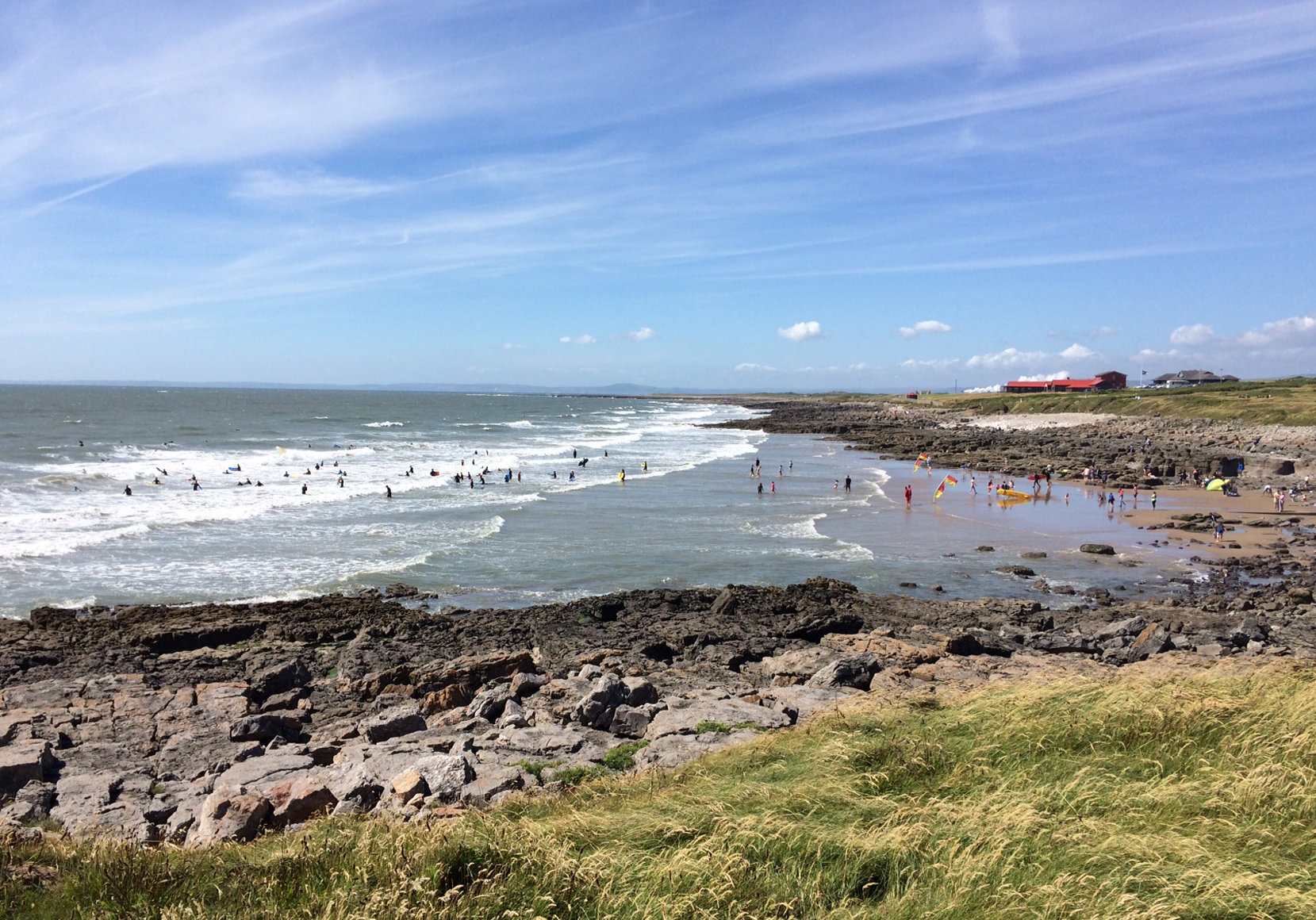Cremation rules and guidance
Coffin requirements
Coffins should be made from natural materials such as wood, plywood, wicker or cardboard. Wicker coffins need to have a solid, flat, wooden base with no runners attached. Wood or wood by-product coffins should be easily combustible. Cardboard coffins will need to be inspected.
Coffins must not have any metal in them, except high ferrous metal such as iron and only when it is needed for them to be made safely. Zinc or lead lined coffins cannot be cremated.
Wooden strips can be placed lengthways on the bottom of the coffin, but cross pieces are not allowed. Please do not paint or varnish the coffin. If you would like to personalise it, it can be covered with a suitable cloth which will be removed before cremation.
Products containing PVC must not be used. Polystyrene can only be used for the coffin nameplate and cannot be more than 90g in weight.
Coffins that are more than 71 cm wide, 48 cm deep and 198 cm long will need to meet special conditions to meet the terms of the Environmental Protection Act 1990. You can find out more about this when you apply.
The lining of the coffin must not contain sawdust, cotton wool or paper. If needed, sealing material may be used but it must not contain rubber, PVC or pitch.
Please do not place items in the coffin unless it has been approved by us.
Coffins and caskets must not contain anything that could explode, for example aerosols or glass bottles. These items create a great risk to our staff. Plaster casts should also be removed.
The coffin must be marked with the name and age of the deceased which will be checked by us when the funeral cortege arrives. The crematorium service will provide a bier for carrying the coffin to the chapel catafalque, but the funeral director needs to make sure there are enough bearers for the coffin. Any mourner who assists with bearing the coffin does so at their own risk and we cannot accept responsibility for any injuries.
Once the coffin is placed on the catafalque it becomes the responsibility of Coychurch Crematorium.
Witnessing cremation
If you would like to witness the cremation, please contact us in advance of the funeral day and we can arrange this.
Cremated remains
We can release cremated remains from 10am two working days after the cremation. We provide a small selection of cremation containers, or the funeral director can provide an alternative. The container must have the deceased’s full name on it.
We can give the cremated remains to the designated funeral director, the applicant for cremation or their assigned representative. A receipt must be signed and a Certificate of Cremation will be given. We will keep the cremated remains for one calendar month from the date of cremation. After this, we will release the remains to the funeral director. It is helpful if the applicant for cremation tells us what they intend to do when they apply.
Metal residue
Coychurch Crematorium participates in a nationwide crematoria recycling scheme for metal that is left from cremation. They are recycled and all profits go to bereavement charities.
Exhumation
Sometimes, families request cremated remains to be exhumed. Please contact us if you would like advice on this. This is governed by the Ministry of Justice and an application for an Exhumation Licence needs the consent of the next of kin, as well as the plot, land or grave owner.
Scattering remains
The Garden of Remembrance has lawns, plants, flowers, shrubs and trees, which provide tranquil locations with pathways and seats. The garden is cared for as a permanent memorial to those scattered there.
Cremated remains are scattered loosely over the surface of the individual lawns, following the third week after the cremation service. The family can witness scattering the remains of a loved-one. They can also choose which lawn is used.
If the applicant would like to witness the scattering of remains they should make an appointment during our opening hours, and will need to pay a fee. If the cremation took place at another crematorium, we must receive the cremated remains, Certificate of Cremation, written application and fee before the scattering.
If you would like to scatter in a churchyard, cemetery or private land, make sure you get permission from the land owner first.
Scatter lawn area
There is a central courtyard that has memorials for those scattered. While we cannot allow flowers to be placed on the lawns, you may be able to on some memorials or in the Chapel of Remembrance.
Interment of cremated remains
There is a dedicated area where cremated remains can be buried. It is beautifully landscaped and is accessed by an avenue of cherry trees with its own car park.
The burial plots have granite plinths with up to three memorial plaques. There are two flower vases for each plinth and up to three sets of remains can be placed inside. This means a further two sets of remains can be placed inside after the original interment.
Please only place flowers in the vases provided.
Legal requirements
The crematorium is a member of the Federation of Burial and Cremation Authorities (FBCA) and follows its Code of Cremation Practice. We conform to the Environmental Protection Act 1990 and are regularly tested by environmental health officers to make sure we are following these regulations. We have two bariatric sized cremators which are fully abated to comply with the most stringent environmental regulations. We monitor emissions for every cremation and make sure only natural materials are placed inside a coffin.

